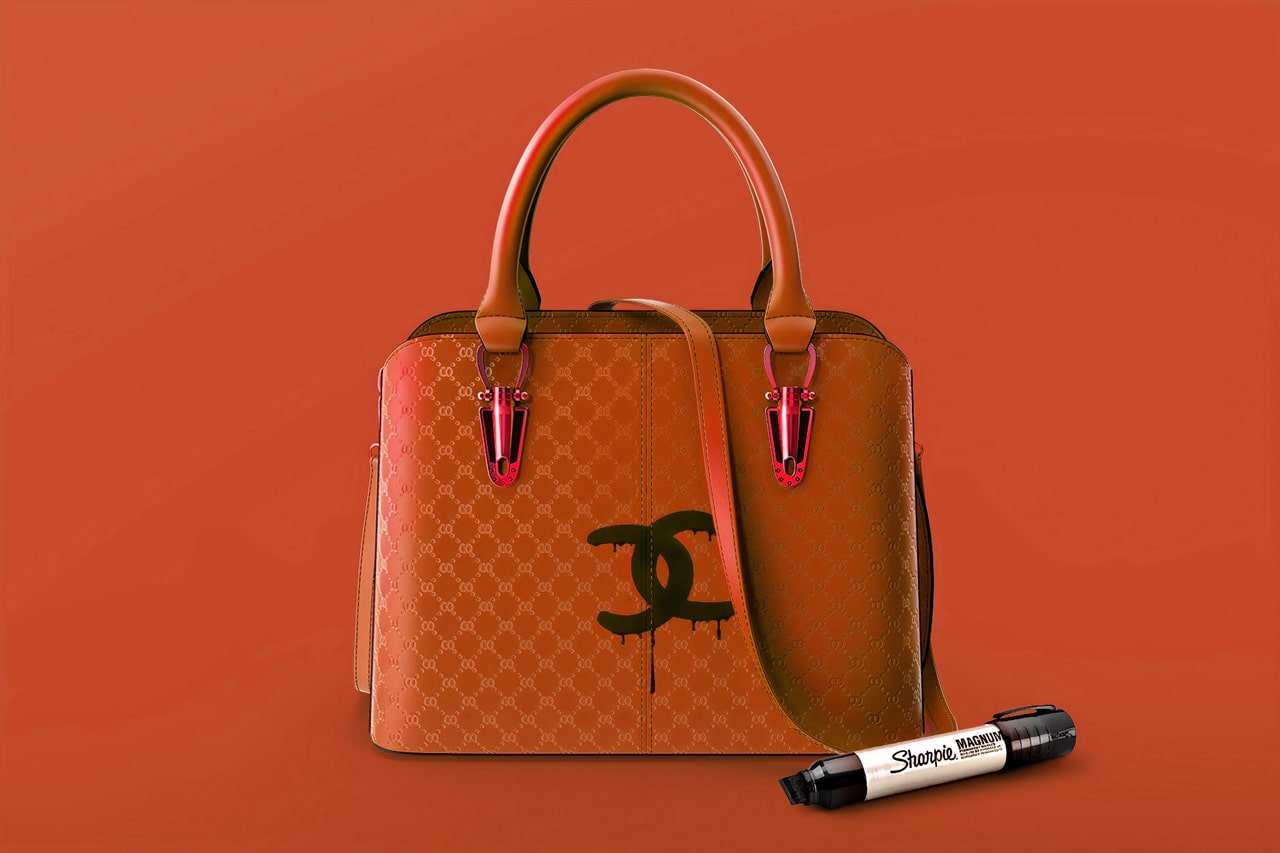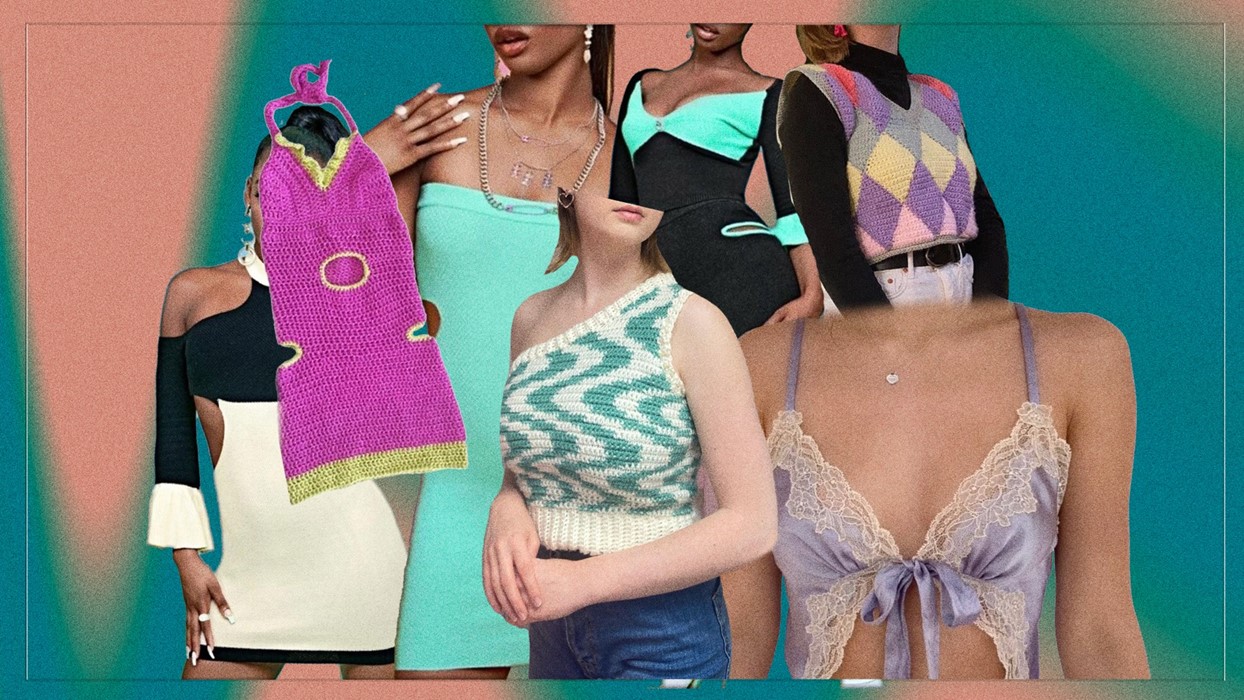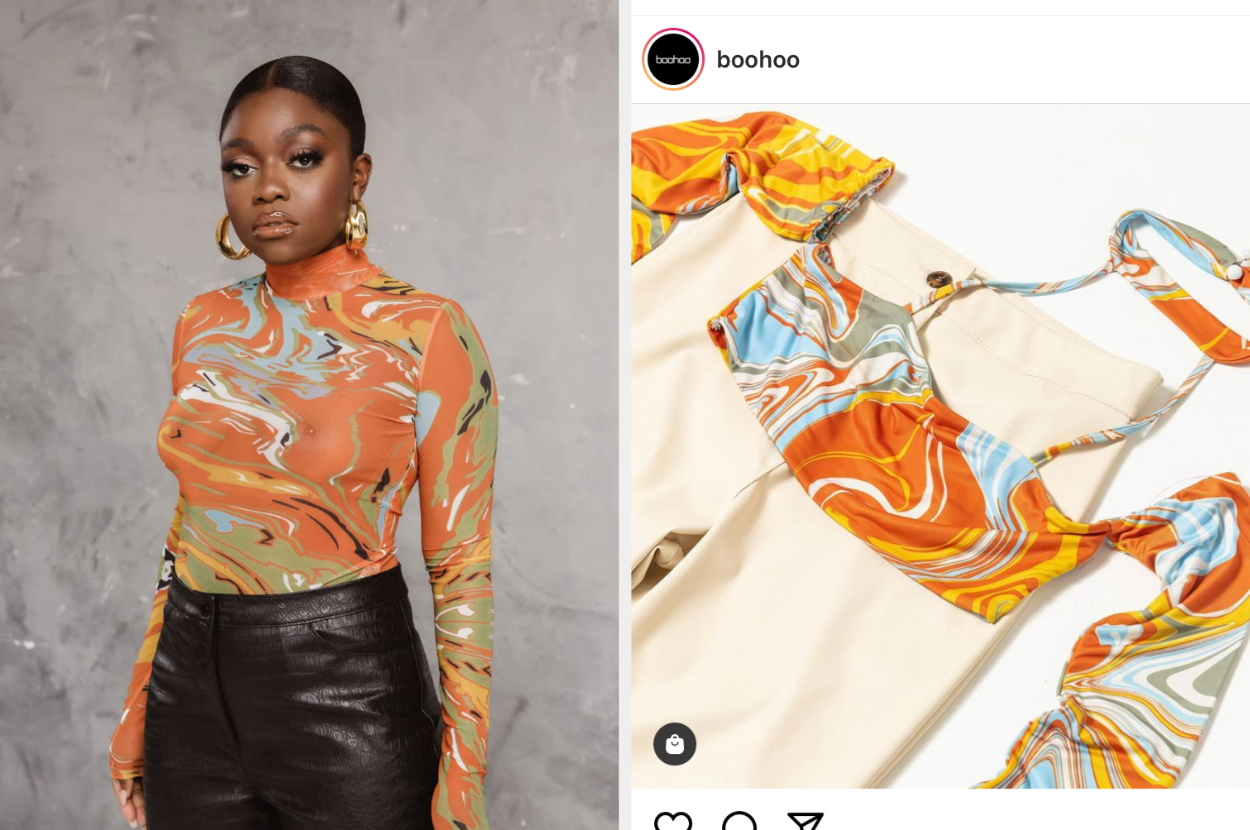The Business Of Dupes: The Public’s Robin Hood Approach To Plagarism

Originality isn’t something fast fashion is known for. The high street is churning out runway dupes quicker and cheaper than ever, but who and where the original designs come from has a huge impact on the public’s opinion of this plagiarism.
Dupes are created to sell inferior quality and, therefore, cheaper clothing off the back of an original garment’s popularity. Because of this, a defining factor of dupe production is fast turnaround time. Whether it’s watching designer collections go down the runway, waiting for pop-culture figures to post on Instagram, or scanning TikTok for the latest breakout trend, retailers have developed lightning speed reactions and unmatched adeptness in identifying garments and accessories that the internet adores. Recreating the design happens instantaneously, as it already exists, and items are manufactured and on e-shelves in days or even hours.
The lack of design time, cheap manufacturing, and the reduced cost of an online presence over paid-for retail space, mixed with the guarantee people will lap up the clothing, means there’s little risk and immense reward. However, the original designer takes longer to deliver such items to stores and cannot justify slashing the price of their products. For consumers who have become accustomed to instant gratification, this is inconvenient. They don’t have the means to splash out or save up for a purchase, or wait months for a fit that just went down the runway.

Dupes thrive on sites like Ali-Express, YesStyle, and even Amazon and eBay, where only very small details are altered to give a product the overall feeling of being the ‘real deal’. Air Force 1s appear without the Nike tick and Dr. Martens without the iconic yellow stitching. We’re not really worried about these dupes. Many items we see on celebrities are items we would never buy for ourselves because they cost more than three months rent. When we see a dupe for a fraction of the price, we know it’s not the real thing, we know it’s not going to be amazing quality, but we buy it following the theory that no one loses out. We have a cute outfit, we would never have bought the real thing anyway, and sure, they’ve stolen the design, but it’s from the big guys, so who cares?
What are these big fashion houses losing? If you were ever going to buy the original design, would you change your mind and buy it off Shein because it’s cheaper? Of course not! If you can afford a designer dress, you’re going to buy it. If you’re buying from Aliexpress, you’re not a potential customer of Loewe. Somewhere charging so much for clothes is understandable as the craftsmanship of the clothes is something we should pay good money for, but it’s simply unattainable for the majority of people. If we can get things we otherwise would never have, we will embrace dupes. It’s not something many people would compare to stealing – well, it is – but it’s the dupe or nothing, not the dupe or the real thing.
The thing that does grind our gears though, is when big steals from small. In 2021, knitwear designer Bailey Prado accused Shein of copying her ‘whole life’ after multiple designs of hers appeared on their site (above). In the same year, Fisayo Longe of Kai Collective accused fast-fashion retailer BooHoo of stealing her designs in a now-deleted Tweet (below).

In both cases, people didn’t see this as an affordable way to buy designer clothing but were furious that big companies were picking on the small guys.
This brings us to the Robin Hood approach the public has towards plagiarism. Steal from the rich, give to the poor. It’s a sentiment anyone can agree with, and if you don’t, it’s because you’re rich.
Shein steals from anyone and everyone, making them a fascinating case study. The company is worth an estimated $47bn and accounts for 28% of all fast-fashion sales in the US. But Shein can’t be credited for all its success. Those billions should be, in part, credited to those who designed a lot of its clothing.
The company has no shame. They’ve ripped off handmade items from Etsy sellers, whole collections by independent designers, and have even replicated the background setting from the original designer’s listing. In the latter case, TikTok users vowed to boycott the retailer and supported the small creator in their thousands. When the site is accused of stealing from small designers, people are quick to list the issues surrounding the fast-fashion retailer. Yet, when someone finds a designer dupe on the website, the tide changes and people flock in their hundreds to buy it.
But why aren’t small designers taking legal action? On top of the fact it costs an unbelievable amount to defend yourself, the law doesn’t offer much protection. Copyright law says you can’t copyright something with a practical function; here, that’s clothing because it’s a useful thing we all need. In the case of items with distinguishing logos, prints, brand names, or patterns, copyright law separates those as creative elements which can be protected. That means that if you have a tracksuit with an adidas logo on it, the logo can be protected and therefore not recreated, but the actual tracksuit can be replicated exactly with no consequence. If the logo, pattern, or print is copied, you could run into legal trouble for trademark infringement or potentially face a counterfeiting lawsuit, but only if the original owner can afford to do so, and in most cases, that isn’t the case. Fast fashion retailers know this, so they steal and get away with it.
It’s a tough thing to take a stance on. Is this Robin Hood approach a good or a bad thing? Are dupes ethical? It remains to be seen. What isn’t tough is supporting up and coming designers, buying from small businesses, enjoying clothes, and maybe checking for original items before buying potential dupes.
Discover more from GUAP’s Fashion section here




![ZINO VINCI’S ‘FILTHY & DISGUSTING’EP BRINGS YOU TO THE CORE OF THE ARTIST [@ZinoVinci]](https://guap.co/wp-content/uploads/2023/10/Zino-4.jpg)



